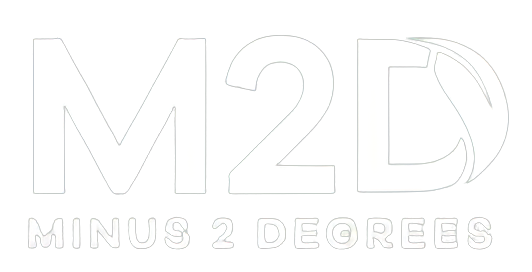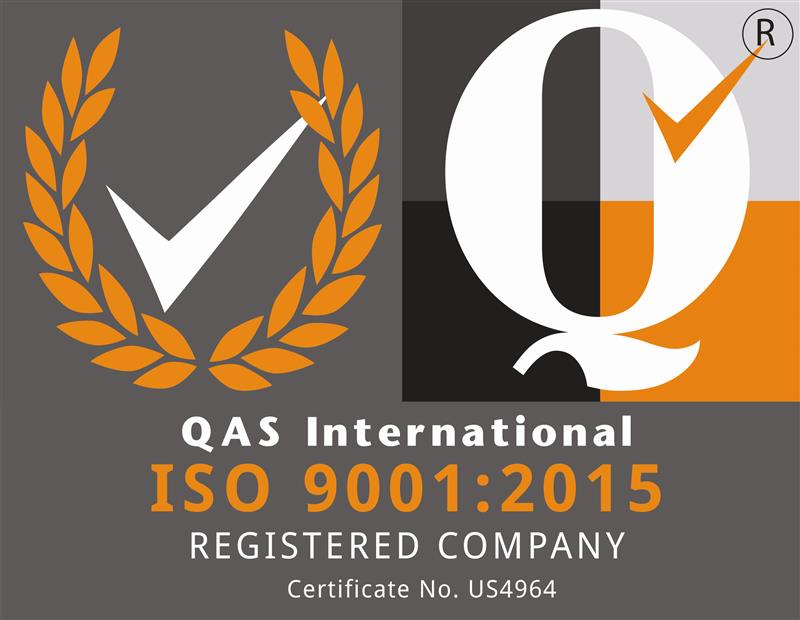
At Minus 2 Degrees, we help organizations move from ambition to action. That’s why we’re excited about the latest developments from the Science Based Targets initiative (SBTi) — a cornerstone for credible corporate climate action.
Last week, SBTi opened a consultation and pilot program for version 2.0 of its Corporate Net-Zero Standard. The updated draft aims to accelerate global emissions reductions with a clearer, more inclusive, and science-backed framework.
Why This Matters
The revised Standard goes beyond target-setting. It offers a comprehensive end-to-end model for planning, implementing, and validating decarbonization strategies — tailored to real-world conditions and corporate diversity.
Here’s a breakdown of what’s changing and why your organization should care
Key Changes in Version 2.0
From Generic to Granular
The new Standard introduces individual targets per emissions scope (1, 2, and 3) — replacing the previous option of aggregated targets. This ensures companies take focused action across their value chain.
Tailored Requirements by Geography and Size
Two categories are now defined:
- Category A: Large and medium companies in higher-income countries — required to meet all criteria.
- Category B: SMEs and companies in lower-income regions — given more flexibility with optional criteria.
This reflects the global diversity in business capacity while maintaining environmental integrity.
Mandatory Transition Plans
Companies will now be required or strongly encouraged to disclose their transition plans, enhancing transparency and building trust with investors, clients, and the public.
Validation and Performance Monitoring
The validation model now covers the entire lifecycle — from setting targets (ex-ante) to monitoring and assessing progress (ex-post). Progress will be assessed using a pre-defined algorithm, increasing consistency and credibility.
Decarbonization + Responsibility for Residual Emissions
Companies are recognized not only for cutting emissions, but for taking responsibility over time for residual emissions through high-quality removals and beyond value chain mitigation (BVCM).
Value Chain Collaboration
Acknowledging that no company operates in isolation, the new draft rewards collaboration — recognizing companies that help suppliers or partners decarbonize.
What’s Next?
The revision process includes two phases:
- Global Survey – open to all companies to provide input and express interest in the pilot.
- Pilot Testing – select companies will apply the near-final standard to their real data and operations.
The aim? To ensure the final Standard is practical, ambitious, and actionable for businesses of all shapes and sizes — while keeping the 1.5°C goal within reach.
Why We’re Watching This at Minus 2 Degrees
These changes align with what we believe is needed:
- Targeted, transparent action
- Inclusion of smaller players and emerging markets
- Stronger incentives for accountability
- And ultimately, shared responsibility for net-zero.
We encourage all organizations — large and small — to participate in the consultation and reflect on how these changes could impact their decarbonization strategies.
We’ll be keeping a close eye on the pilot outcomes and helping our clients stay ahead of the curve. Because setting a goal is just the beginning — delivering on it is where the impact lies.
Have thoughts on the new standard? We’d love to hear how your organization is preparing for net-zero in a more complex, connected, and fast-moving world.


